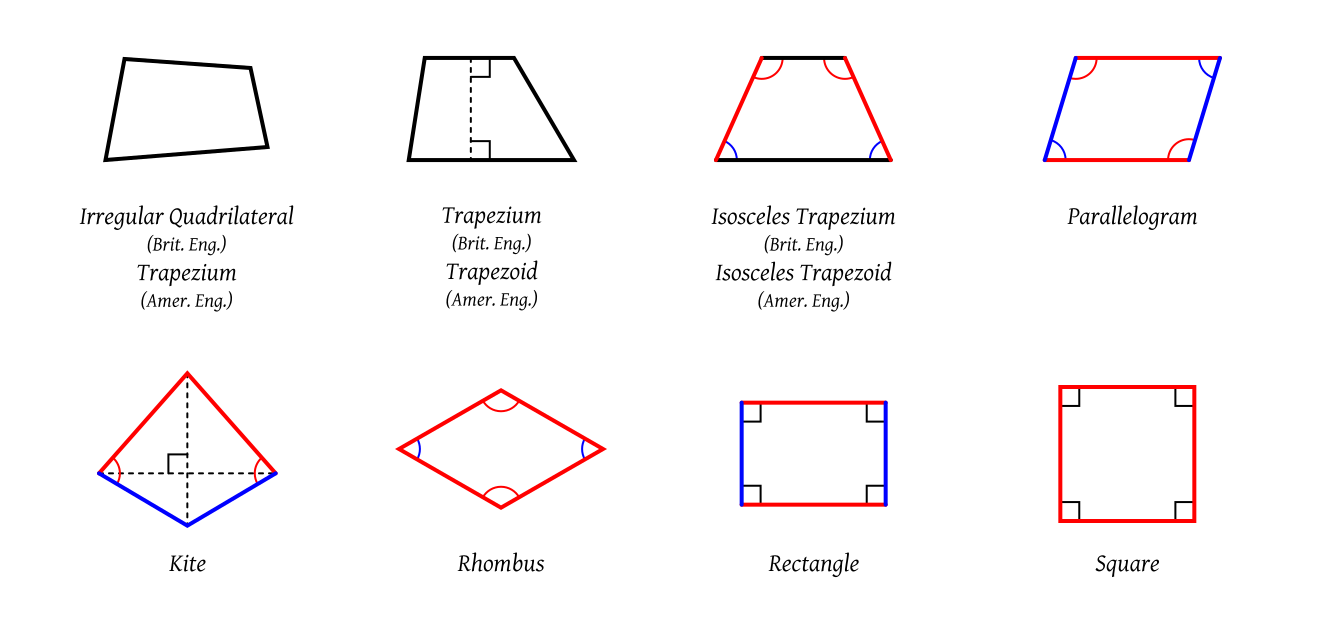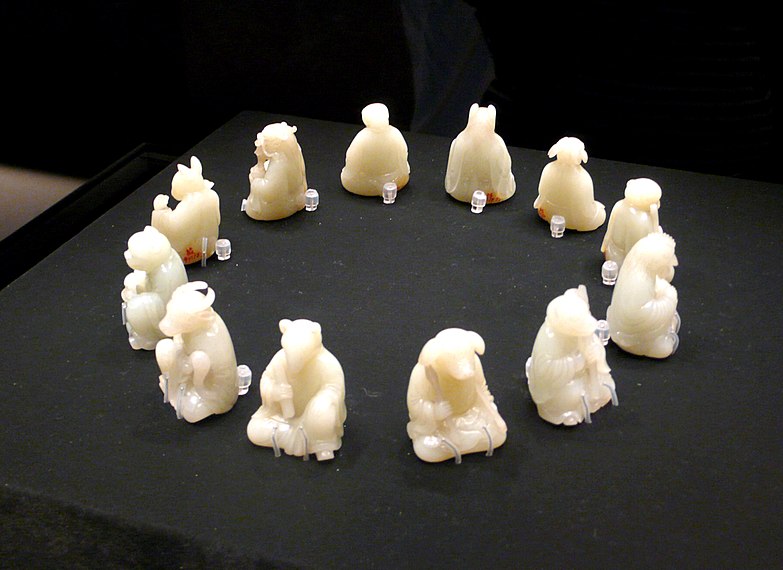The tale is about a fir tree so anxious to grow up, so anxious for greater things, that he cannot appreciate living in the moment.
by Hans Christian Andersen
Far away in the forest, where the sun was warm and the air was fresh, grew a pretty little fir tree. Everything was perfect there, and yet the tree was not happy. It wanted so much to be like the tall pine and fir trees that grew around it.
The sun shone, the soft air fluttered its leaves and little children passed by, chatting happily, but the fir tree did not pay them any attention.
Sometimes the children would bring a large basket of raspberries or strawberries and sit eating them near the fir tree.
“Is it not a pretty little tree?” they would ask, which made it feel even more unhappy than before.
And yet all this while the tree grew a little taller every year. Still, as it grew, it complained: “Oh! how I wish I were as tall as the other trees! Then I would spread out my branches on every side, and my top would look out over the wide world around. The birds would be building their nests in my branches, and when the wind blew, I would gently bow, just like my tall companions.”
So unhappy was the tree, that it did not enjoy the warm sunshine, the birds, or the fluffy clouds that floated over it morning and evening.
Sometimes in winter, when the snow lay white on the ground, there was a little hare that would come springing along and jump right over the little tree’s head. This would make the tree very embarrassed, that a mere hare could jump over it.
Two winters passed and when the third arrived, the tree had grown so tall that the hare could not jump over it any more and had to run round it. Yet it remained unsatisfied and would cry “Oh! to grow, to grow, if I could just keep on growing tall and old! There is nothing else worth caring for in the world.”
In the autumn the woodcutters came, as usual, and cut down several of the tallest trees. The young fir, which had now grown to a good height,shook as the trees he wanted to be like so much fell to the earth with a crash.
After the branches were chopped off, the trunks looked so narrow and bare that he could hardly recognise them. Then they were placed, on top of each other, on carts and pulled by horses out of the forest. Where could they be going? What would become of them? The young fir tree wished very much to know.
So in the spring, when the swallows and the storks came, it asked:“Do you know where those trees were taken? Did you meet them?”
The swallows knew nothing, but the stork, after a little reflection, nodded his head and said: “Yes, I think I do. As I flew from Egypt, I met several new ships, and they had fine masts that smelt like fir. These must have been the trees. I promise you they looked grand, they sailed gloriously on the sea!”
“Oh, how I wish I were tall enough to go on the sea,” said the fir tree. “Tell me what is this sea, and what does it look like?”
“It would take too much time to explain—a great deal too much,”said the stork, flying quickly away.
“Enjoy being young,” said the sunbeam. “Enjoy your growing years and the young life that is in you.”
And the wind kissed the tree but the fir tree didn’t pay it any attention.
Christmas time drew near, and many young trees were cut down. These young trees, which were chosen for their beauty, kept their branches, and they, also, were laid on carts and drawn by horses far away out of the forest. The fir tree could not stop wanting to leave its forest home.
“Where are they going?” asked the fir tree. “They are not taller than me. And why do they keep all their branches? Where are they going?
“We know, we know,” sang the sparrows; “we have looked in at the windows of the houses in the town, and we know what is done with them.Oh! you cannot think what honor and glory they receive. They are dressed up in the most wonderfully. We have seen them standing in the middle of a warm room, and dressed up with all sorts of beautiful things—decorations, tinsel, coloured lights and other beautiful objects.
“And then,” asked the fir tree, so excited it began to shake, “and then what happens?”
“We did not see any more,” said the sparrows; “but this was enough for us.”
“I wonder whether anything so great will ever happen to me,”thought the fir tree. “It would be better even than crossing the sea. It hurts, I wantit so much. Oh, when will Christmas be here? I am now as tall and well grown as the ones taken away last year. Oh I wish I was lying now on that cart, or standing in the warm room with all that brightness and beauty around me! Something even better and more beautiful must happen afterwards, or the trees would not be so decorated. Yes, what follows after being decorated in the room will be even more exciting. What can it be? I can’t wait to find out.”
“Be happy with us here,” said the air and the sunlight to the tree.“Enjoy your own bright life in the fresh air.”
But the tree would not be happy, though it grew taller every day. Its dark-green leaves could be seen in the forest, and people passing by would say, “What a beautiful tree!”
A short time before the next Christmas the unhappy fir tree was the first to fall. As the ax cut sharply through the trunk and the tree fell to the earth. It suddenly felt sad knowing it was to leave all its friends, the trees, the bushes, the flowers and the birds. The tree first recovered itself while being unpacked outside a house, with several other trees. It heard a man say: “We only want one, and this is the prettiest. This is beautiful!”
Two men carried the fir tree into a large and beautiful room. Picture shung on the walls and there were china vases all around. There were rocking-chairs, comfortable couches, and large tables covered with pictures. There were fancy carpets on the floor, books on the shelves and very expensive-looking toys.
Then the fir tree was placed in a large tub full of sand—but greencloth hung all round it so that no one could know it was a tub—and it stood on a very lovely carpet. Oh, how the fir tree trembled! What was going to happen to him now? Some young ladies came, and the servants helped them to adorn the tree.
On one branch they hung little bags cut out of colored paper, and each bag was filled with cakes. From other branches hung golden apple sand walnuts, as if they had grown there; and above and all around were hundreds of red, blue, and white candles, which were tied onto the branches. Dolls, exactly like real men and women, were placed under the green leaves,—the tree had never seen such things before,—and at the very top was fastened a glittering star made of gold tinsel. Oh, it was very beautiful. “This evening,” they all exclaimed, “how bright it will be!”
“Oh, I wish that the evening were come,” thought the tree, “and the candles lighted! Then I’ll know what else is going to happen. Will the trees of the forest come to see me? Will the sparrows peep in at the windows, I wonder, as they fly? Shall I grow faster here than in the forest, and shall I keep on all these ornaments during summer and winter?” But guessing was of very little use.
At last the candles were lit, and how beautiful the tree looked! It trembled so with joy in all its branches that one of the candles fell among the green leaves and burned some of them. “Help! help!” exclaimed the young ladies, but no harm was done, for they quickly put out the fire.
After this the tree tried not to shake at all, though the fire frightened him, he was so anxious not to hurt any of the beautiful ornaments.
And now the folding doors were thrown open, and a troop of children rushed in as if they intended to knock over the tree, and were followed more slowly by their elders. For a moment the little ones stood silent with astonishment, and then they shouted for joy and they danced merrily round the tree while one present after another was taken from it.
“What are they doing? What will happen next?” thought the tree. At last the candles burned down to the branches and were put out. Then the children received permission to take whatever they wanted from the tree.
Oh, how they rushed upon it! There was such a fight to grab things that the branches cracked, and had it not been tied with the glistening star to the ceiling, it would have been knocked down.
Then the children danced about with their pretty toys, and no one noticed the tree except the children’s maid, who came and peeped among the branches to see if an apple or a fig had been forgotten.
“What are they doing? What will happen next?” thought the tree.
“A story, a story,” cried the children, pulling a little fat man towards the tree.
“Now we shall be in the green shade,” said the man as he seated himself under it, “and the tree will have the pleasure of hearing, also; but I shall only tell one story. Would you like to hear about Humpty Dumpty, who fell downstairs, but soon got up again, and at last married aprincess?”
“”Yes, Humpty Dumpty,” cried the children loudly. The fir tree remained quiet and thought to himself: “Should I join in? Should I make a noise, too?”
Then the old man told them the story of Humpty Dumpty—how he fell downstairs, and was raised up again, and married a princess. And the children clapped their hands and cried, “Tell another, tell another,” for they wanted to hear another story. After this the fir tree became quite silent and thoughtful. Never had the birds in the forest told such tales as that of Humpty Dumpty, who fell downstairs, and yet married a princess.
“Ah, yes! so that’s what happens in the world,” thought the fir tree.He believed it all, because it was told by such a nice man.
“Ah, well!” he thought, “who knows? Maybe I will fall down, too, and marry a princess;” and he looked forward to the next evening, expecting to be decorated again. “To-morrow I will not shake,” he thought. “I will enjoy how splendid I look, and I shall hear the story of Humpty Dumpty again,and perhaps another story.” And the tree remained quiet and thoughtful all night.
In the morning the servants and the housemaid came in. “Now,”thought the fir tree, ” my decoration is going to begin again.” But they dragged him out of the room and upstairs to the attic and threw him on the floor in a dark corner and there they left him. “What does this mean?”thought the tree. “What am I to do here? I can hear nothing in a place like this,” and he leaned against the wall and thought and thought.
And he had time enough to think, for days and nights passed and no one came near him. When at last somebody did come, it was only to push away some large boxes in a corner. So the tree was completely hidden from sight.
“It is winter now,” thought the tree; “the ground is hard and covered with snow, so that people cannot plant me. I shall be sheltered here, I dare say, until spring comes. How thoughtful and kind everybody is to me! Still,I wish this place was not so dark and lonely, with not even a little hare to look at. How nice it was out in the forest while the snow lay on the ground, when the hare would run by, yes, and jump over me, too,although I did not like it then. Oh! it is terribly lonely here.”
“Squeak, squeak,” said a little mouse, creeping cautiously towards the tree; then came another, and they both sniffed at the fir tree and creptin and out between the branches.
“Oh, it is very cold,” said the little mouse. “If it wasn’t so cold, we’d be very comfortable here, wouldn’t we, old fir tree?”
“I am not old,” said the fir tree. “There are many who are older than I am.”
“Where do you come from?” asked the mice, who were full of curiosity; “and what do you know? Have you seen the most beautiful places in the world, and can you tell us all about them? And have you been in the storeroom, where cheeses lie on the shelf and hams hang from the ceiling?”
“I know nothing of that,” said the fir tree, “but I know the wood, where the sun shines and the birds sing.” And then the tree told the little mice all about its youth. They had never heard such an account in their lives and after they had listened to it attentively, they said: “What a number of things you have seen! You must have been very happy.”
“Happy!” exclaimed the fir tree; and then, as he reflected on what he had been telling them, he said, “Ah, yes! after all, those were happy days.” But when he went on and related all about Christmas Eve, and how he had been dressed up with cakes and lights, the mice said, “How happy you must have been, you old fir tree.”
“I am not old at all,” replied the tree; “I only came from the forest this winter.”
“What splendid stories you can tell,” said the little mice. And the next night four other mice came with them to hear what the tree had to tell. The more he talked the more he remembered, and then he thought to himself: “Yes, those were happy days, but they may come again. Humpty Dumpty fell downstairs, and yet he married the princess. Perhaps I may marry a princess, too.” And the fir tree thought of the pretty little birch tree that grew in the forest; a real princess, a beautiful princess, she was to him.
“Who is Humpty Dumpty?” asked the little mice. And then the tree related the whole story; he could remember every single word. And the little mice were so delighted with it that they were ready to jump to the top of the tree. The next night a great many more mice made their appearance, and on Sunday two rats came with them; but the rats said it was not a pretty story at all, and the little mice were very sorry, for it made them also think less of it.
“Do you know only that one story?” asked the rats.
“Only that one,” replied the fir tree. “I heard it on the happiest evening in my life, but I did not know I was so happy at the time.”
“We think it is a very miserable story,” said the rats. “Don’t you know any story about food in the storeroom?”
“No,” replied the tree.
“Many thanks to you, then,” replied the rats, and they went their ways.
The little mice also kept away after this, and the tree sighed and said: “It was very pleasant when the merry little mice sat round me and listened while I talked. Now that is all past, too. However, I shall consider myself happy when some one comes to take me out of this place.”
But would this ever happen? Yes; one morning people came to clear up the attic. The boxes were packed away, and the tree was pulled out of the corner and thrown roughly on the floor; then the servants dragged it out upon the staircase, where the daylight shone.
“Now life is beginning again,” said the tree, enjoying in the sunshine and fresh air. Then it was carried downstairs and taken into the courtyard so quickly that it forgot to think of itself and could only look about, there was so much to be seen.
The courtyard was close to a garden, where everything looked blooming. Fresh and fragrant roses hung over the little palings. The trees were in blossom, while swallows flew here and there, crying out.
“Now I shall live,” cried the tree joyfully, spreading out its branches; but alas! they were all withered and yellow, and it lay in a corner among weeds and nettles. The star of gold paper still stuck in the top of the tree and glittered in the sunshine.
Two of the merry children who had danced round the tree at Christmas and had been so happy were playing in the same courtyard.The youngest saw the gilded star and ran and pulled it off the tree. “Look what is sticking to the ugly old fir tree,” said the child, treading on the branches till they crackled under his boots.
And the tree saw all the fresh, bright flowers in the garden and then looked at itself and thought of its fresh youth in the forest, of the merry Christmas evening, and of the little mice who had listened to the story of Humpty Dumpty. It imagined itself back in those places and for the first time it was able to enjoy those moments.
“What a fine life I had,” said the tree. “Oh, I know I should have enjoyed myself more while I could have done so! But as I think back, it makes me so happy to think of those wonderful times. And the tree dreamed and dreamed it was back in the forest on a Spring morning, with the breeze blowing, the sun shining and the birds singing. At least, the little tree felt happy.”
Then a lady came and chopped up the tree, till a large bundle lay in a heap on the ground. The pieces were placed in a fire, and they quickly blazed up brightly. Then the children who were at play came and seated themselves in front of the fire, looked at it and warmed themselves. As the fire burned, the tree was thinking of a summer day in the forest and then of some winter night there when the stars shone brightly, and of Christmas evening, and of Humpty Dumpty, the only story it had ever heard or knew how to tell. It happily remembered all these experiences as vividly as though it was living through it all again. And then, finally, the tree was gone.
The boys still played in the garden, and the youngest wore on his chest the golden star that was on top of the tree during the happiest evening of its life. Now all was past, the tree’s life was past and the story also past—for all stories must come to an end at some time or other.






















































